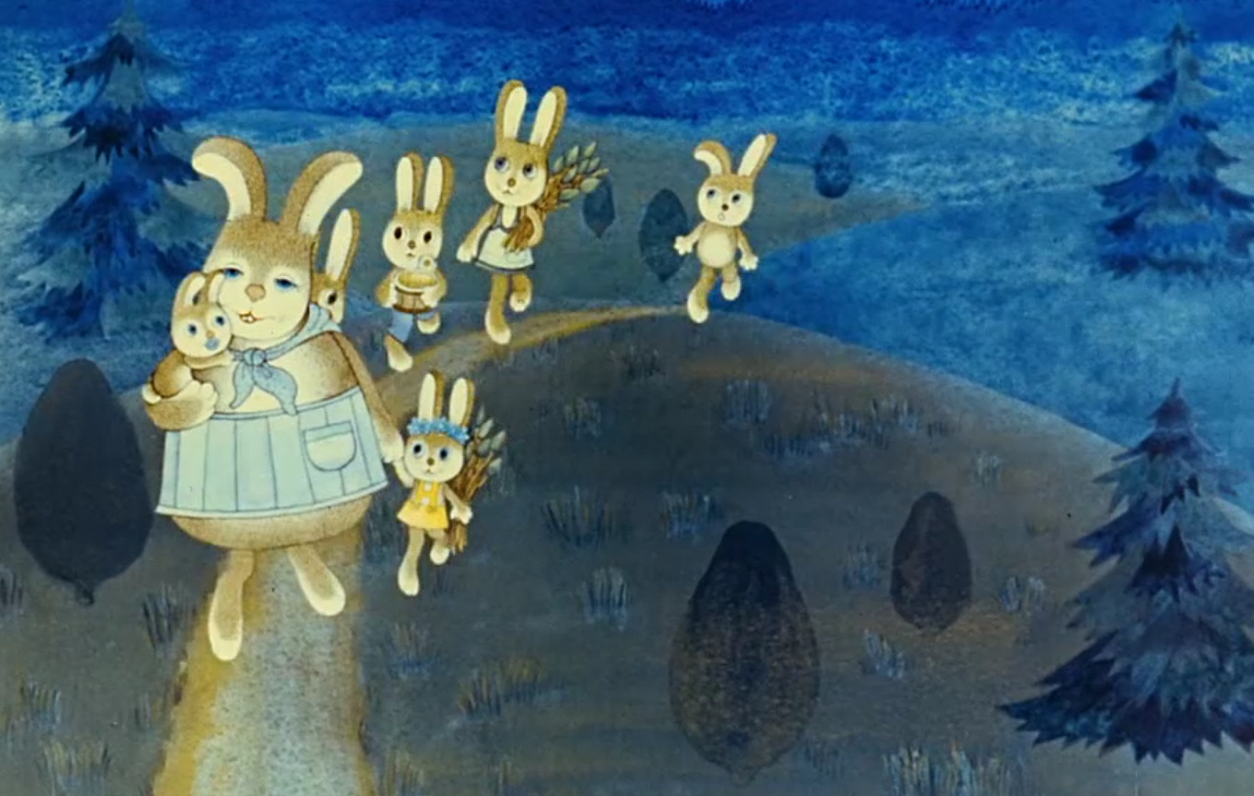A significant new section has been opened on the portal “filmas.lv” this week, which includes a selection of restored classic films. It reflects the core values of our cinema history and is available free of charge worldwide.
A new, significant section of cinema classics on the portal “filmas.lv”Baiba Kušķe
—
The first set of the selection includes 13 feature films, three documentaries and three animated films. The selection is complemented by annotations, English subtitles, as well as useful contextual information.
For many years, mainly for financial reasons, the heritage of our cinematic classics was not well cared for and structured to the public. Restoration of old films is an expensive process that the industry could not afford, as the priority was still to make new films.
The digital restoration began only in 2008, when Jānis Streičs’ film “Limousine in the Color of Midsummer Night” was the first to be restored, but the crisis soon stopped all processes again.
With a completely different scope, they resumed in 2017, when with the support of the European Regional Development Fund, Latvia started to implement a large project of digitization of cultural heritage, which covers many sectors, including digital restoration of cinematographic materials.
In this connection, a considerable amount of films has already accumulated, which also gave an opportunity to create the first selection of cinema classics, which is available to everyone in the new section of the portal “filmas.lv” this week, says Kristīne Matīsa, a representative of the National Cinema Center.
“The choice was to create a sufficiently diverse spectrum in this section. In order for a person from the side who may not know anything about Latvian cinema at that time to get as comprehensive information as possible. Because, of course, Latvian cinema was not singled out for foreign film scholars for a very long time. was hidden under the nickname “Soviet cinema”, and we have not been able to stand out in the world cinema scene at that time, so now we offer a selection that shows that Latvian cinema is extremely diverse, “says Matisa.
Films have been selected for the section that reflect significant periods or turning points in the history of Latvian cinema. The selection of feature films begins with the 1930 silent film “Bear Bear” by Aleksandrs Rusteikis and ends with Jānis Streičs’ 1991 film “The Child of Man”.
In total, 13 feature films offer manuscripts of nine different directors and a variety of stylistic works, including “Swamp Wader”, “Ceplis”, “Lake Sonata”, “Let’s Be”, “Apple in the River”, “Motorcycle Summer” and others.
“Of course, Jānis Streičs is represented there in the widest possible way. considers himself the most cinematically interesting film, so – the widest possible spectrum, “says Matisa.
The selection of documentaries and animated films is still less developed, each genre is represented by three films.
The animation trio includes two films by Arnolds Burovs: both the officially the first Latvian animated film “Ki-ke-ri-gū!”, The film “Vanadziņš” chosen for the Cultural Canon, and possibly the most popular Roze Stiebra film “Zaķīšu pirtiņa”, without which , it seems to me that no generation has grown up since 1997, “says Matīsa.
The documentary film scene is currently marked by three important pillars, all three films are also included in the Latvian cultural canon – the very first poetic film sample “White Bells”, directed by Ivars Kraulitis, Hercules Frank’s genius short film “Over Ten Minutes” and director and cameraman The essence of Ivars Seleckis’ work method, the internationally acclaimed Awakening film “Crossroads”.
All the restored films included in the new cinema classic section are complemented by annotations and comments from film specialists.
Following the development of the restoration process, the selection will be supplemented over time, perhaps in the next set it could include Gunārs Piešis “Sprīdītis” and Imants Krenbergs “A Short Guide to Loving”.
–
Highlight text and press Ctrl+Enterto send the text to be edited!
Highlight text and press Report a bug buttons to send the text to be edited!
–
–


